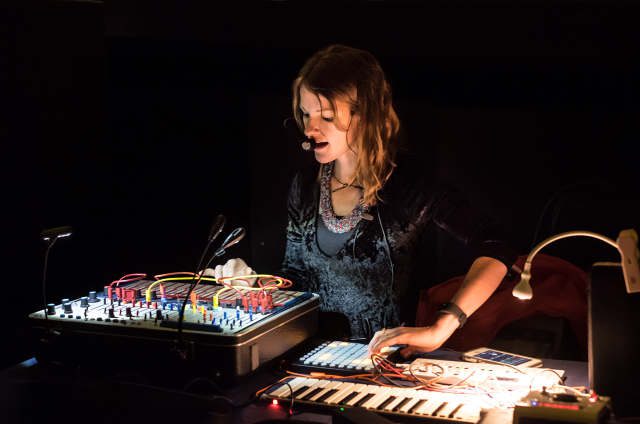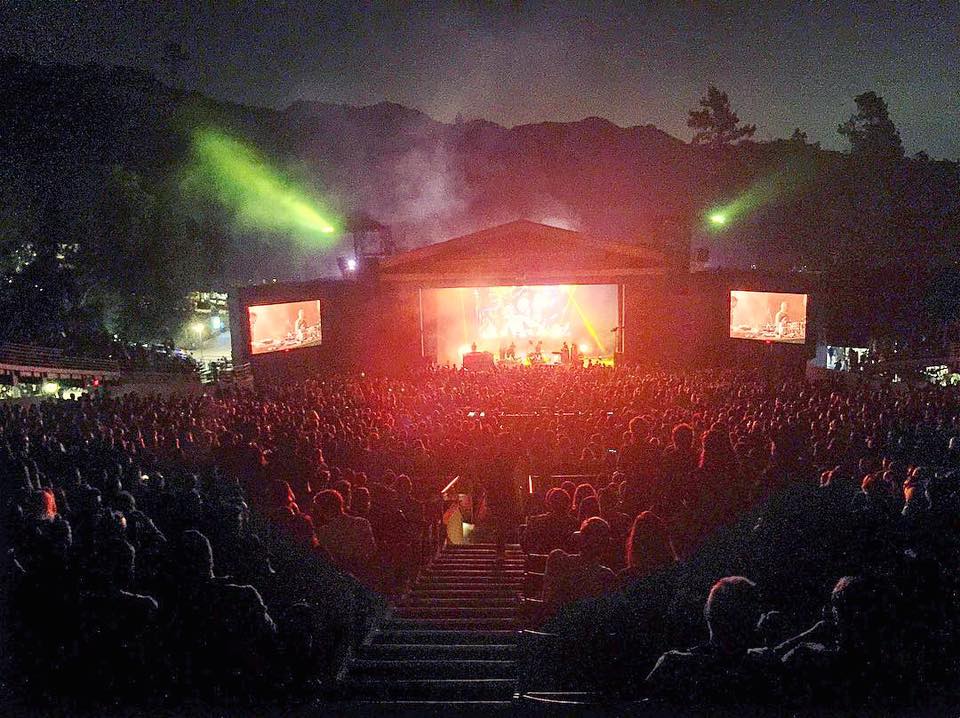
When Kaitlyn Aurelia Smith met the Buchla 100 electronic synthesizer, it was love at first listen. She was studying composition Berklee College of Music in Boston, intending to use vocals, classical guitar and piano in her work; she had even formed an indie-folk band called Ever Isles. But the Buchla 100 changed the way she wanted to make music; the vintage modulated synth offered a seemingly limitless array of sounds and possibilities, and Smith’s musical arc was forever altered. With the release of EARS last April (her second via Western Vinyl), Smith broke a glass ceiling of sorts; most of the more well-known names in ambient and experimental music belong to men like Brian Eno, Tim Hecker, Max Richter, Tom Carter, Keith Fullerton Whitman, William Basinski, Daniel Lopatin, Christian Fennesz, Nicholas Jaar, Axel Willner. Women in ambient music – like Moog pioneer Wendy Carlos Williams, Laurie Spiegel, Grouper’s Liz Harris, Julianna Barwick, or Noveller’s Sarah Lipstate – seem to be fewer and farther between, but Kaitlyn Aurelia Smith’s gorgeous, burbling soundscapes help bridge those gaps.
Smith told Redbull Music Academy that she often composes visually, creating rhythms that mimic visions and colors in her mind’s eye. These translate, eventually, to the visuals she uses when she performs live. At Knockdown Center on Friday – a hundred-year-old former door factory in Maspeth, Queens – Smith hunched over her Buchla Music Easel (a smaller, more accessible version of the Buchla 100), its glow softly illuminating her face from below with an otherworldly light. Behind her, videos of refracted light broken through various prisms swirled and swelled as Smith recreated tracks from EARS and Euclid, her 2015 release, the music floating through the rough-hewn space as purple spotlights flashed outside, the low-end rumbling along rafters and rusty support beams.
Like that refracted light, Smith’s patches spun and shuddered, dimming and then shimmering with bright surges. Thick globs of bass seemed to drip from the ceiling and then yawn open, fusing with patterns of woodwind overlay, Smith twisting knobs until the space was throbbing. She sang into a headset, manipulating her vocals so that in addition to her breathy natural register, there were underlying robotic and alien tones in lower and higher registers – not quite in harmony with one another, but sliding across one another like the reverberations of a tuning fork, at once glassy and metallic. The brilliant melding of human and machine made Smith’s music seem less coldly futuristic and more like a delicately rendered moment exactly for now, still warmed by flesh and blood but with aspirations for cosmological expansion.




